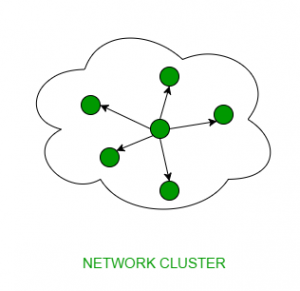What’s The Difference between Unicast, Broadcast and Multicast in Computer Networks
The term “cast” here refers to a set of data or a flow of data sent from one user to other receivers and provides the possibility of communication exchange. Here we want to address some of the concepts in the field of cassettes in computer networks.
Unicast
This data type is useful when a sender wants to send a signal to a receiver. So, here we are, dealing with one-to-one data transfer. For example, a device with an IP address of 10.1.2.0 on one network wants to send a traffic stream (data packets) to another device with an IP address of 20.12.4.2 on another network, the concept of unicast here. It refers to the same concept. This is one of the most important cases through which networks move data.
Broadcast
Broadcast transmission is a one-to-all transmission technique and can be divided into two parts:
Limited Broadcast Publishing: Let’s say you want to send a stream of batches to all divas on a network, then this publishing method will be very useful. To archive this message, it must be 255,255,255,255 (which means that all 32 bits of the IP address are equal to one). Which is why it is called a Limited Broadcast Address, which is in the datagram. The header of the information packet is included to allow its delivery to all recipients.

- Direct broadcast: This method is useful when we want to send the packet stream to certain devices on the network. This is done by setting all bits of the Host ID part of a destination address to 1 and is known as the Direct Broadcast Address. Which refers to the datagram header for the packet being transmitted.
The difference between unicast, broadcast, and multicast - This is generally useful when using cable TV or sending video and audio over the network.
One of the most important protocols used in this class of computer networks is the Address Resolution Protocol (ARP). Which is used to resolve the problem of IP addresses within physical addresses, a basic requirement for communication.
Multicast
In multicast mode, one or more transmitters send information to one or more receivers. In this case, the traffic is placed between a set of unicast (one-to-one) and broadcast (one-to-many) connections. Multicast allows servers to copy signal copies of a data stream, and simulate it. And send it to hosts that want it. IP multicast here requires the support of some protocols such as IGMP – Internet Group Management Protocol and Multicast Routing for the network. Also, here are Class D IP addresses reserved for multicast groups.
If you have any questions or suggestions about this post, you can comment at the bottom, and we will answer all of them as soon as possible.

